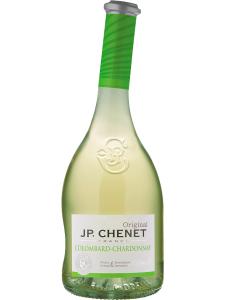-
中文名:
-
英文名:Chardonnay - Colombard
-
种植区域:
-
香气:
-
颜色:
Chardonnay – Colombard wines combine the richness of Chardonnay with the reliability of Colombard. Both varieties are widely planted worldwide, although they enjoy greatly different levels of notoriety: Chardonnay is the variety behind Burgundy's great white wines, while Colombard is a nameless blending partner in Cognac and Armagnac, as well as many neutral white wines from southwest France.
Chardonnay's richness and texture, as well as its versatility, has seen it employed around the world for the most part to make varietal wine. Ideally it prefers a cooler climate (as it enjoys in its spiritual home, Burgundy), but a massive explosion in popularity in the 1980s has seen it reach almost every wine-producing country in the world, regardless of climate. In warmer areas, Chardonnay has a tendency to drop acidity, making flabby, unfocused wines.
Which is where the highly-acidic Colombard comes in. The neutrality of this grape means that it offers little in the way of flavors but can provide some structure to the Chardonnay, making a wine that combines a fruit-driven palate with a balance of acidity. These wines – commonly Chardonnay dominant – tend to show tropical melon and stonefruit characters.
As producers begin to experiment with Chardonnay blends, they tend to use the other varieties at their disposal, and so Colombard is used mostly in regions where it is widespread. Most Chardonnay – Colombard wines come from South West France, South Africa and Australia. Many are multi-regional and best consumed shortly after release.
Food matches for Chardonnay – Colombard wines include:
- Baked eggplant with creme fraiche
- Tuna tartare
- Tofu donburi
热门推荐


